A polyp is an unexpected tissue growth that can occur in various places. Doctors usually find these growths on the inside surface of body elements like the big intestine, stomach, uterus, noseways, and bladder. Nevertheless, they may also be spotted in other organism regions.
Polyps may be either unharmful or they could progress into cancer. The non-dangerous variants generally do not cause trouble, and you may not even realize their presence, but if they become more extensive or start to bleed, there can be complications. Malignant polyps, for example, can become cancerous and move to other body regions.
In typical health check-ups or specific processes like looking inside the body with tools for colonoscopy and endoscopy, medical staff customarily identify small growths called polyps. The way to deal with these lumps varies depending on their size, where they are found in the body, and whether they have cancer cellular spots. Treatment may involve removing the polyp through surgery or other procedures.
Polyps are repeatedly seen, and how much they emerge changes based on the organ or tissue. Experts regularly see polyps. Therefore, it is thought that many people might get them. When we talk about Colorectal Polyps![]() , research proves that maybe one out of three entities who are more than fifty years old might have at least one small lump in their colon or rectum.
, research proves that maybe one out of three entities who are more than fifty years old might have at least one small lump in their colon or rectum.
These growths have various sizes, from tiny bumps that are hard to see to big lumps you can quickly notice. They customarily grow bigger quietly without showing any signs, so people may only know they have them once a specialist finds them by chance during a routine health check or another treatment.
It's not always clear why polyps are formed precisely, but features like how old a person is, their family genes, what they consume, and how they live can affect their emergence. Also, some polyps that grow in the large intestine may raise the risk of getting bowel cancer, so it's very decisive to get checked often to find any soon.
Numerous polyps are safe and do not cause serious health problems right away. But because they can turn into cancer, it is key to find them early and treat them the right way. Often, this requires taking out the polyp by tactics like using an endoscope or doing surgery to stop more problems and lower the chance of getting cancer problems.
While polyps are usually not harmful; they can be a significant medical danger if you ignore them. Many polyps do not form problems or give symptoms, but there is a chance that some may change into cancer. The possibility that this change will happen depends on the variant of the polyp, its size, and where it is inside the body.
Occasionally, even if polyps are not cancerous, they can still contribute to problems. Considerable polyps in the colon can block the way for stool, resulting in stomach pain, difficulties when trying to pass stool, or bleeding when going to the toilet. What's more, growths in the digestive tract can sometimes become ulcers or start bleeding. It can lead to Anemia or miscellaneous dilemmas associated with blood loss.
Polyps can sometimes prove that there are more serious health problems related to them. For example, polyps in the colon or rectum can hugely increase the risk of getting Colorectal Cancer, which causes a lot of deaths from cancer all over the world![]() . Correctly finding and dealing with polyps through examination and treatment is significant, as it stops them from turning into cancer and decelerates the chances of getting sick or dying.
. Correctly finding and dealing with polyps through examination and treatment is significant, as it stops them from turning into cancer and decelerates the chances of getting sick or dying.
Some polyps can be found and removed, but others are in hard-to-reach body sectors, making treatment more daunting. In these situations, it is vital to consider the cons and pros of doing something before acting to ensure patients receive the best possible outcomes.
Polyps have various shapes, and every variant has its features and impacts on health. Scientists rarely classify polyps by where they are in the organism; for example, many know about the ones found in the Colon and Rectum. These kinds of growths usually emerge on the inside lining of the big intestine or at its end part, and depending on how their cells appear, they get sorted into groups like adenomatous, hyperplastic, and serrated.
Nasal polyps are not rare and customarily form in the nose's lining or sinuses. They repeatedly accompany long-term conditions like allergies in the nose, breathing dilemmas related to asthma or ongoing sinus infections. Nasal polyps can obstruct your nostrils, causing issues with breathing through the nose or lowering the sharpness of your sense of smell.
Adenomatous polyps can be a concern because they can evolve into colorectal cancer. In contrast, hyperplastic polyps usually don't cause problems–still, there is a tiny chance that some forms may change into cancer. Looking at serrated polyps under a microscope shows they look like the edge of a saw and come in different possibilities with varying risks for turning into cancer.
Growths called polyps can form in the stomach's inner lining, known as gastric polyps. Frequently, such growths might not cause any apparent symptoms, or they could make you feel discomfort in your stomach area, give you a feeling like you want to vomit, or result in bleeding inside your digestive system. There are various types of polyps in the stomach, for example, those from areas called fundic glands, others that are big and referred to as hyperplastic, and a type named adenomatous. Each type needs its treatment method and has a different level of risk associated with it.
Different kinds of growths, which we name polyps, can develop in the uterus, the inside part of the bladder that stores urine, and the gallbladder where bile is kept. These growths might be safe, or they could be harmful, and they may lead to problems such as unusual bleeding from within the uterus, trouble with passing urine, or swelling in the gallbladder area.
It can be challenging to understand why polyps grow because many things might play a role in their growth. However, some essential reasons are thought to be related to polyps appearing in different organs or parts of the body.
Genetic background is a significant factor in the development of polyps. Someone with specific genetic changes or conditions passed down through families might be more likely to get polyps. Familial adenomatous polyposis![]() , or FAP, and also the hereditary nonpolyposis colorectal cancer, which is called Lynch syndrome, are genetic disorders that come with a higher chance of developing polyps in the colon and getting colorectal cancer.
, or FAP, and also the hereditary nonpolyposis colorectal cancer, which is called Lynch syndrome, are genetic disorders that come with a higher chance of developing polyps in the colon and getting colorectal cancer.
Furthermore, if someone has long-term inflammation, it might encourage the growth of polyps in some organs or parts inside. Diseases like inflammatory bowel disease, which covers Crohn's disease and ulcerative colitis, involve continuous inflammation and harm to gut tissues, making a person more likely to get colorectal polyps or different kinds of polyps in the digestive system.
Food habits and how a person lives can also influence the growth of polyps. Eating lots of red meat and processed food while not eating much fiber, fruit, or vegetables is linked to a higher chance of getting polyps in the colon or rectum and cancer there. In the same way, being very overweight, not exercising much, using tobacco a lot, and drinking too much alcohol are connected to an increased chance of getting polyps in different parts or tissues of the body.

Many reasons can cause a person to get polyps in different places inside the body, and one big reason is getting older. As people grow old, they often have more polyps. People usually start having colorectal polyps when they become 50 years old![]() , and then the chance of getting them goes up every 10 years.
, and then the chance of getting them goes up every 10 years.
If a family member previously had polyps or colorectal cancer, there is an increased chance you could also develop these growths. It happens because genetic diseases like familial adenomatous polyposis and hereditary nonpolyposis colorectal cancer make someone more prone to getting such polyps.
Additionally, a person's lifestyle, including the types of food they eat and how much they exercise, impacts their likelihood of developing polyps. Eating many red meat or processed foods and not consuming sufficient fiber or fruits and vegetables is linked to an increased risk for colon polyps. Additionally, having a way of life that includes little movement and being overweight has been connected to a higher chance of getting polyps.
Other illnesses and risk elements can also cause polyps to form. For example, individuals with inflamed intestine conditions such as Crohn's disease or ulcerative colitis tend to get more colorectal polyps that are usually inflammatory. Furthermore, people who have genetic conditions like Gardner syndrome or Peutz-Jeghers syndrome typically face a higher likelihood of developing certain kinds of polyps in their digestive tract.
Additionally, the habit of smoking tobacco and drinking too much alcohol could make it more possible to get certain growths like polyps in parts of the body such as the colon or stomach. Coming into contact with particular chemicals or materials may also raise the chances of getting different polyps, but this connection has not yet been proven.

Polyps can cause miscellaneous dilemmas, depending on their variations, spot within the body, size, and whether they are mild or malignant. When detected in the colon or rectum, there is a considerable chance that they will develop into colorectal cancer over time. Adenomatous polyps are growths that can develop into colorectal cancer, which emphasizes the need for early detection and treatment.
Apart from the danger that polyps may evolve into cancer, they can also cause other hurdles, particularly when they grow large or are located in critical sectors of the body. If you have polyps within your digestive tract—such as in your colon or stomach—they may obstruct regular internal motion and lead to intestinal obstruction, difficulty digesting food efficiently, or trouble with normal urination.
Moreover, polyps can turn into sores or begin to bleed, causing bleeding inside the digestive system. It may contribute to lower blood levels because of insufficient iron and other blood loss problems. If a patient has several large polyps in their colon, it could alter the frequency of their bathroom visits and provoke abdominal discomfort that disrupts daily jobs.
Also, when polyps cause bumps and are connected to inflammatory bowel disease, these growths increase inflammation and more tissue damage. This condition intensifies problems and heightens the risk of complications like narrowing or perforations in affected organs.
Lastly, several polyps are safe and do not cause immediate harm to health. Still, special forms, like villous adenomas or serrated ones, could have a higher risk of becoming cancerous or may show changes similar to those found in cancers. We are expected to check these carefully and handle them precisely to lower any risks from these polyps and prevent related issues.
To discover if a person has polyps, the doctor examines their previous medical history and assesses their current physical condition. Various instruments and examinations are employed to view the body. When a doctor checks for polyps in the colon or rectum, they may inquire about any recent changes to your bathroom habits, whether you have stomach pain, or if blood was noticed during bowel movements. Additionally, they might examine by inserting their finger into the rectum to feel for anything abnormal in that area or near the anus.
Pictures from medical scans that let us see inside our bodies are crucial for detecting polyps in the digestive tract. Physicians employ techniques such as colonoscopy and sigmoidoscopy, along with virtual images produced by CT scans, to examine the inner areas of the large intestine and rectum for abnormal growths that might be polyps. During this procedure, they put a flexible pipe with a camera attached to it, called an endoscope, through the back passage and then maneuver it all along the large intestine to search for minor bumps or abnormalities.
In the endoscopy procedure, we examine and remove small pieces of tissue to look for polyps and learn about their characteristics, such as size, shape, and the cells that make them up. Someone specializing in diseases will analyze these bits under a microscope to determine whether they are benign or malignant. This information guides us in choosing what actions to take.
CT scans, MRIs, and ultrasounds are alternative methods to detect and examine polyps throughout the body based on their location and the patient's symptoms. For nasal polyps investigation, physicians may employ a process like observing inside the nose using an instrument known as nasal endoscopy or employing imaging examinations with CT scans or MRI.
Furthermore, tests for colorectal cancer involve techniques such as looking for invisible blood in stool samples or examining the DNA of feces to detect any signs of blood or genetic alterations that might be connected with the growth of polyps or cancer itself.

To treat polyps, we adopt a thorough approach to remove the current polyps and prevent them from returning while addressing underlying causes or risk factors. The specific treatment plan may vary depending on the type of polyp, its size, location, and quantity. We also consider the patient's situation and what they prefer.
Doctors frequently remove polyps using a procedure known as endoscopy, where they employ instruments through a tube to cut or eliminate the growth. Doctors typically perform a polypectomy to extract these bumps during a colonoscopy if these polyps are found in the colon or rectum. In the same way, they can remove nasal polyps by using an endoscope for the nose or in other ways that do not require extensive operations.
If an endoscope can't remove polyps because it is not feasible or successful, physicians may have to perform a surgical procedure to excise larger or intricate polyps. The selection of the surgery type hinges on the location and size of the polyp; options include conventional open surgery or minimally invasive techniques such as laparoscopic surgery, as well as surgeries assisted by robotic technology.
Additionally, certain types of polyps, particularly those at a higher risk of recurrence or transformation into cancerous forms, may require careful monitoring and frequent examinations. This might involve periodically returning for subsequent consultations, repeating imaging tests, or conducting additional endoscopic inspections to detect any fresh occurrences or alterations in the existing conditions.
Manage the simple factors that increase the chance of polyps appearing, aiding their treatment and prevention. Altering your lifestyle by improving your diet, maintaining healthy body weight, quitting smoking, and reducing alcohol intake can decrease the likelihood of polyps returning and also reduce the risk of colorectal cancer.
Doctors often prescribe medication to alleviate symptoms or conditions resulting from polyps, such as corticosteroids or nasal sprays![]() , which can reduce the size of nasal polyps by decreasing inflammation. If you have problems such as stomach polyps, medical professionals may recommend medications like proton pump inhibitors to improve the symptoms.
, which can reduce the size of nasal polyps by decreasing inflammation. If you have problems such as stomach polyps, medical professionals may recommend medications like proton pump inhibitors to improve the symptoms.

Polyps' future status can change based on their kind, size, place in the body, and whether they have turned into cancer. When professionals find polyps soon enough and give them treatment soon, they customarily end up with a fortunate health outcome.
Certain forms of polyps, especially the ones more likely to turn into cancer, might need extra careful monitoring and more intense treatment to lessen possible dangers.
Removing non-risky swellings that don't return normally has sound long-term effects and few problems. Specialists suggest time-structured visits to watch for old swellings coming back or new ones emerging, especially in people who have had them before or have more risk traits.
Hazardous polyps or ones with dangerous cell changes need close identification and may require more powerful treatments, such as surgery to vanish them or other methods, like drugs or radiation therapy. Whether these unhealthy polyps get better depends on several components, such as how much the cancer has grown when it is found and how well the treatment works.
When polyps are not found early or treated well, they can become nastier and may turn into severe diseases like cancer. So, it is expected that screenings at the right time to find and treat them correctly, which will promote positive results and reduce the harmful effects of polyps.
Polyps customarily don't need immediate medical action, but sometimes, you must get medical attention fast. If a polyp in your gut, like in the colon, causes a lot of bleeding and gives immense pain in the gut, or feelings of dizziness or fainting moments, and turns stool very dark like tar, then it is valid to see a doctor immediately. What's more, should a polyp obstruct the appropriate movement of body fluids or substances, leading to problems like challenges in passing stools or difficulty urinating, it is all more reason to get quick medical attention.
Lastly, in uncommon situations, some variants of polyps with a high chance of turning into cancer or those in essential places inside the organism may need quick medical expert action if they cause severe symptoms or problems. And, if a polyp grows fast, such as getting larger quickly or showing worrying signs on scans, medical staff members may need to check it immediately to see if there is any cancer risk.
It is a demanding mission to prevent Colon Polyps from growing more prominent, but modifying your lifestyle and checking your health can help.
Having lots of fruits, vegetables![]() , and whole grains and cutting down on red meat and processed foods may lower the possibility of Colon Polyps. Similarly, working out and maintaining a healthy weight can lighten the risk of developing polyps.
, and whole grains and cutting down on red meat and processed foods may lower the possibility of Colon Polyps. Similarly, working out and maintaining a healthy weight can lighten the risk of developing polyps.
If you do not smoke and drink less alcohol, it can lower the risk of developing certain polyps. It is key to listen to medical staff about health examinations, such as getting a colonoscopy when turning 50 or earlier if your risk increases. It promotes detecting and eliminating polyps before they become cancerous.
Next, persons with family members who have had polyps or Colorectal Cancer may be required to begin their screenings earlier or undergo them more frequently, owing to the significant role genetics play in the development of polyps. It is also paramount for these people to discuss any concerns or risk matters with a healthcare vet so that an optimal monitoring and prevention tactic can be matched with their unique expectations.
Even though stopping polyps 100% might not be feasible, living a healthy life, getting regular medical check-ups, and being alert to any alarming symptoms can reduce the possibility of their emergence and lighten associated health worries and complications.
Table of Contents
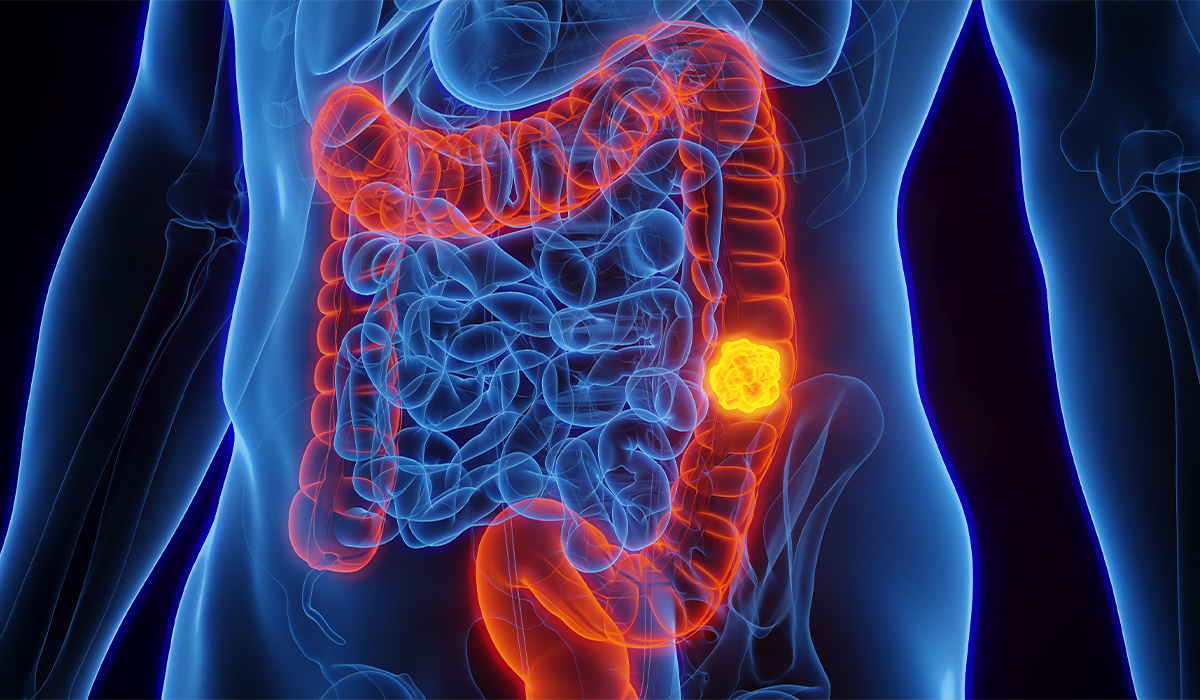
Colon cancer is a common disease with a high mortality rate. Find out how to recognise the first signs of… read more »
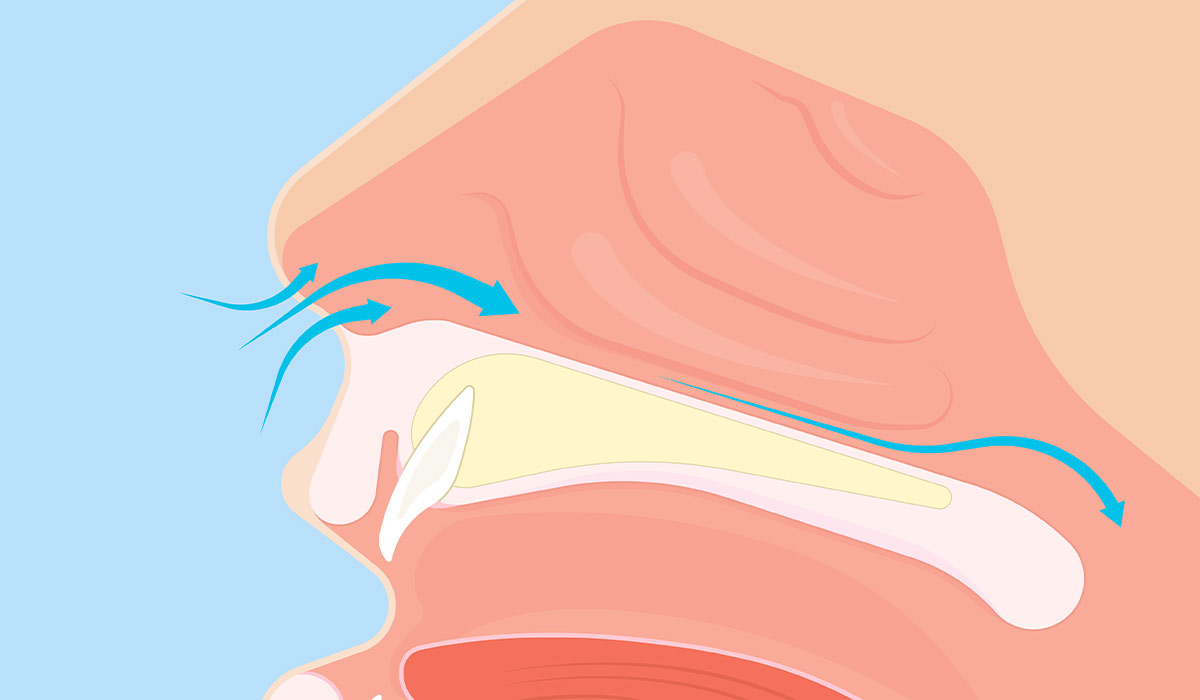
A deviated nasal septum causes many problems. What are the causes of this condition? What is the diagnosis and treatment… read more »
Post nasal drip refers to an accumulation of mucus in the back of the throat, which results in a cough,… read more »
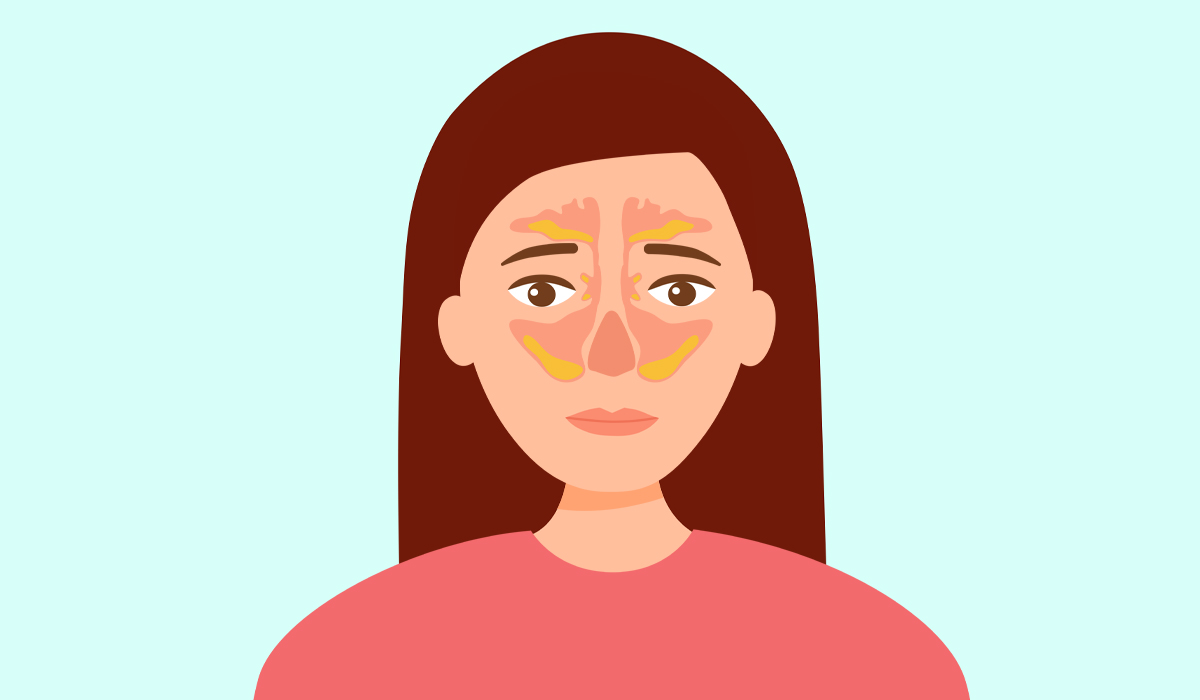
Sinusitis manifests with a recurrent runny nose, pain when moving the head, and a feeling of expansion in the forehead… read more »
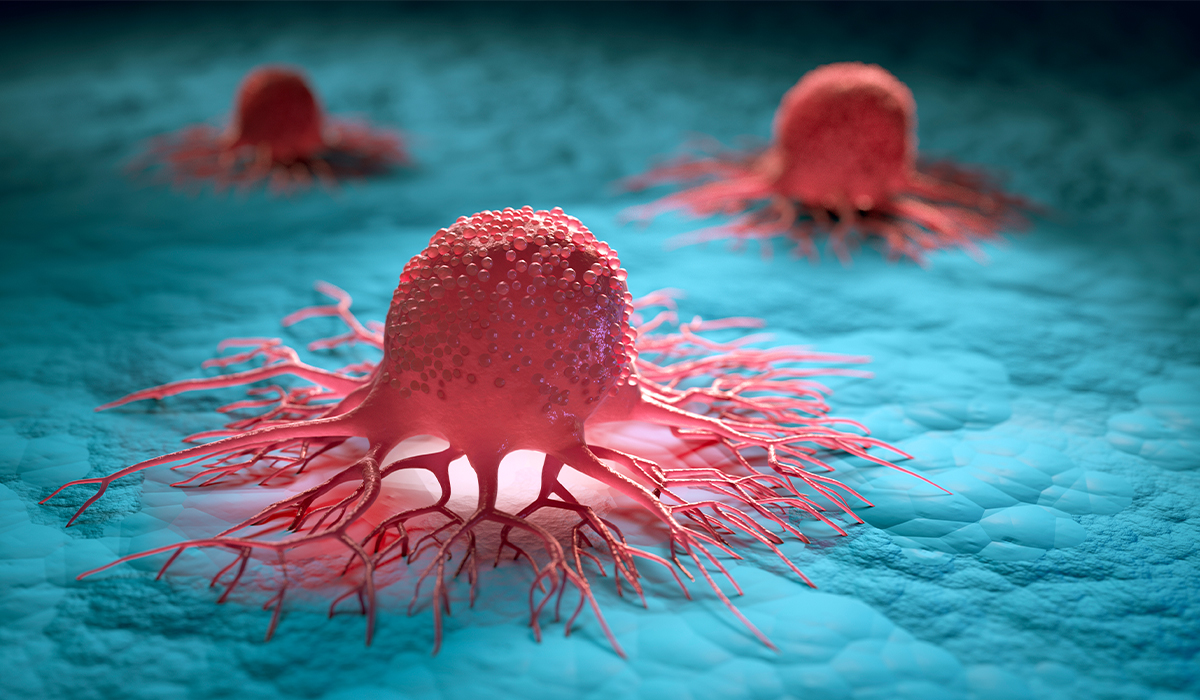
Cancer is the second most common cause of death in the US. It can affect any body part and spread… read more »
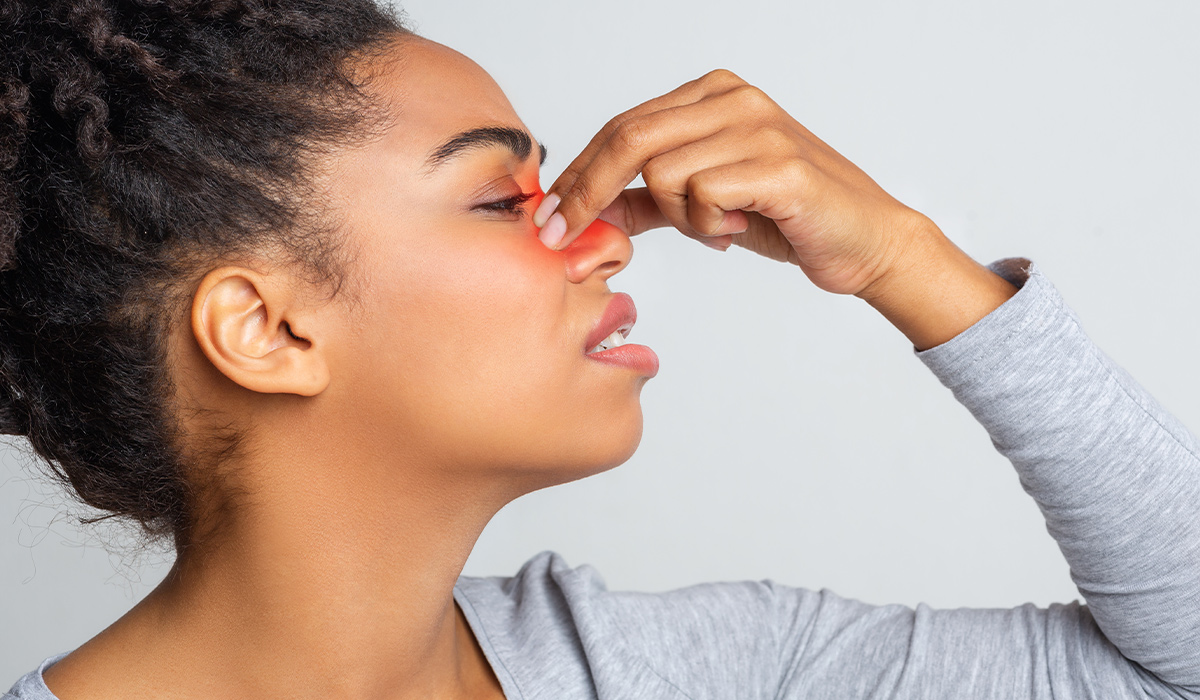
Sinusitis is a common disease. Learn how to recognize sinus infection – symptoms and causes. Check out what are the… read more »

Basal cell carcinoma (BCC) is a form of cancer that develops in basal skin cells. It usually appears on the… read more »
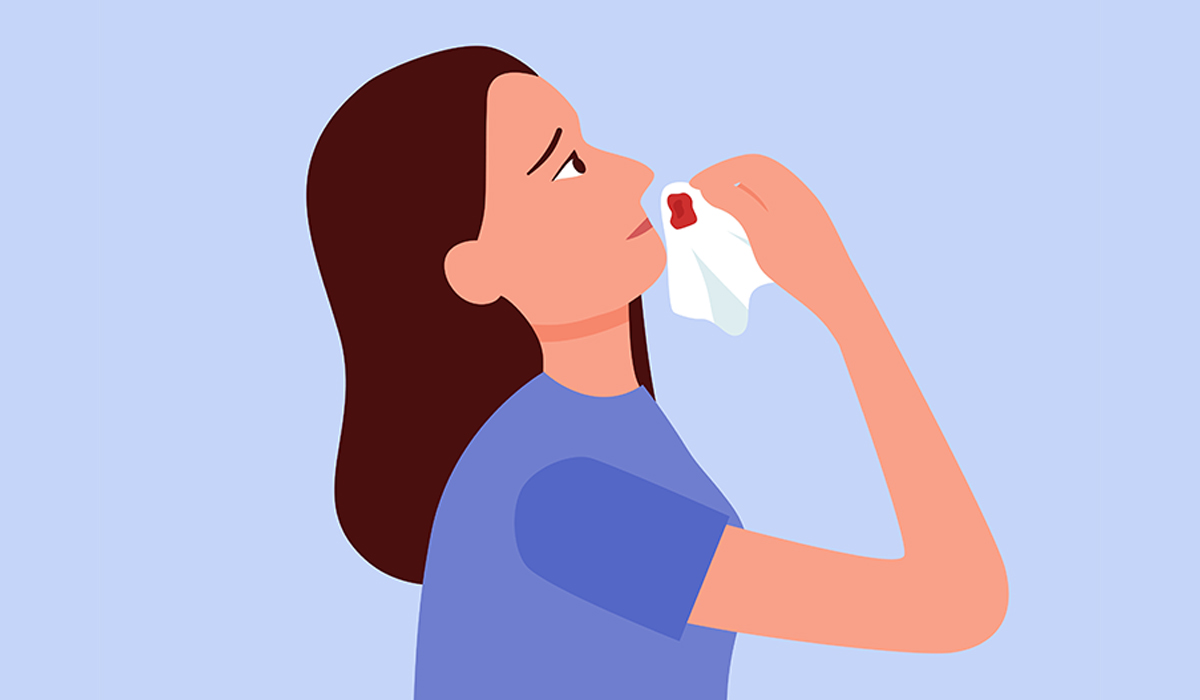
A nosebleed, which doctors call epistaxis, is when blood comes from inside the nose. This can happen for many reasons,… read more »
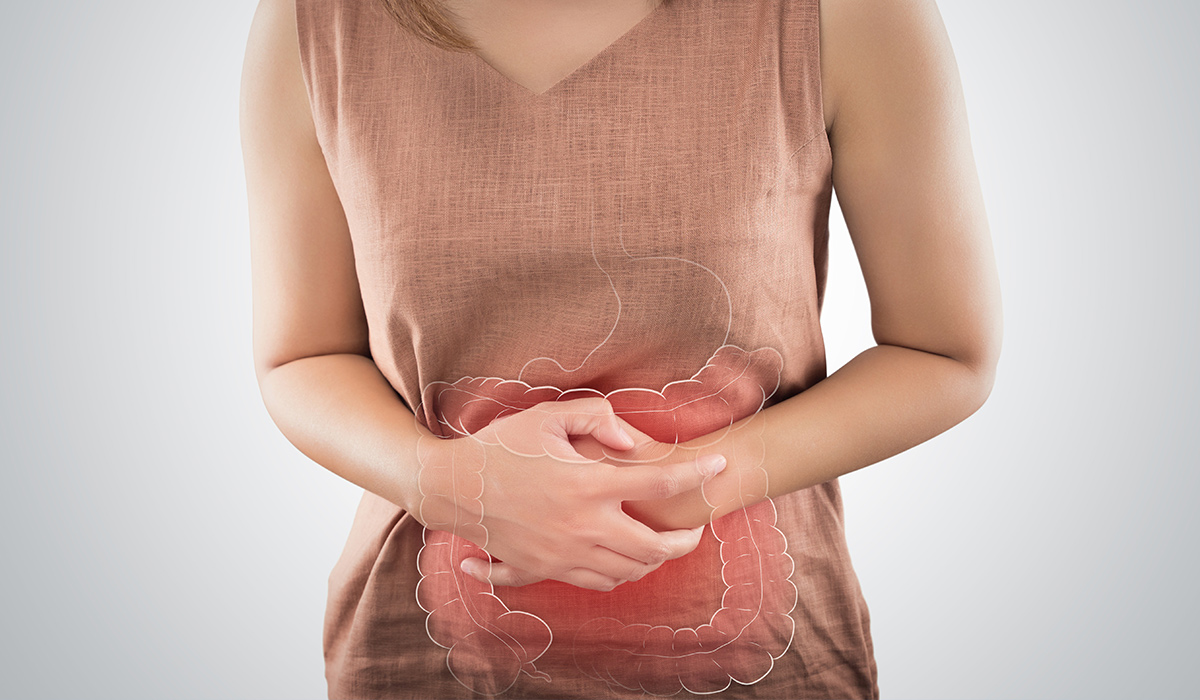
Ulcerative colitis is a chronic inflammatory disease of the large intestine, often manifested by diarrhea with blood. Here is everything… read more »